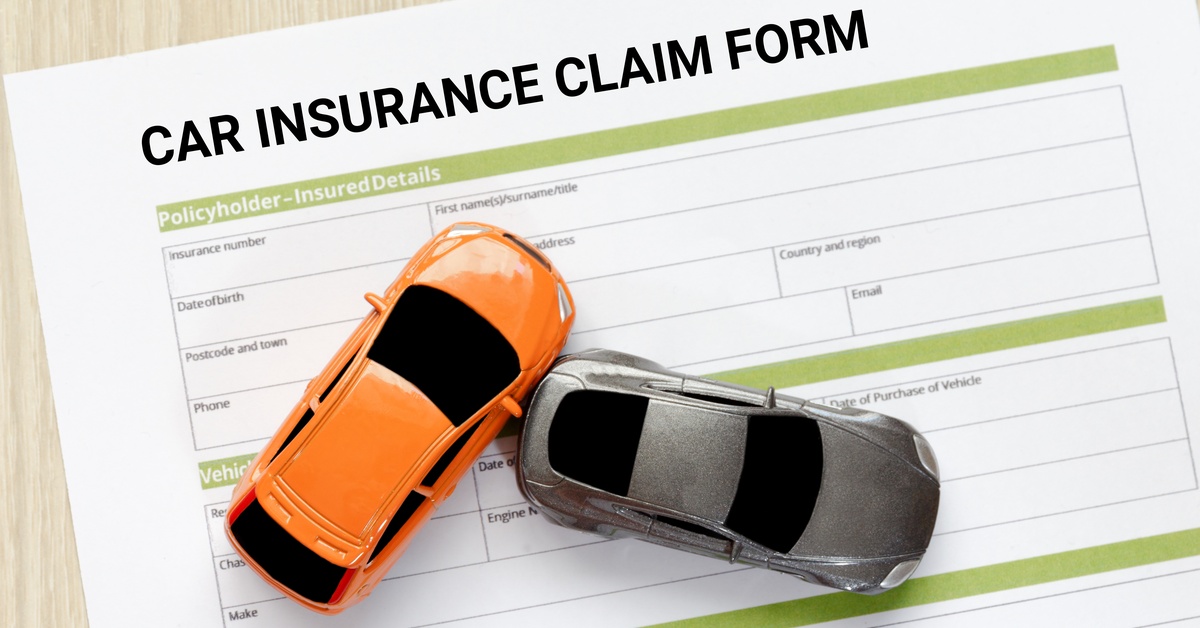
Most drivers are familiar with the concept of fault when it comes to determining the costs associated with car accidents. However, not every state has the same laws regarding fault, which dictates how claims are filed and who is responsible for covering damages. The majority of states, including California, are at-fault states, but some states are no-fault and have different regulations in place.
By the end of this article, you’ll have a clear understanding of how fault and no-fault insurance claims differ and what it means for your car insurance policy.
Insurance in At-Fault States
California operates as an at-fault state, which means establishing who caused the accident is a key part of filing a claim. Fault is determined by insurance companies reviewing the facts of the accident as well as driver and witness accounts and police records.
If you're involved in an accident, the at-fault driver is typically held responsible for covering the victim’s property damage and medical expenses through liability insurance. In some cases, both parties may be at fault and share the responsibility of covering costs. If your damages exceed your coverage limits, you can file a lawsuit against the other driver to recoup additional expenses.
Insurance in No-Fault States
No-fault states operate differently than at-fault states when it comes to insurance claims. In these states, every driver’s insurance covers their own property and medical expenses, regardless of who caused the accident. The goal of this system is to simplify claims and reduce the need for legal action so that recovery can begin sooner.
No-fault insurance systems often require drivers to purchase personal injury protection (PIP) coverage as part of their auto insurance policy, which covers medical expenses and lost wages for the insured driver and any passengers. While this can speed up the claims process, it may also increase the cost of premiums.
Understanding the Key Differences
The most significant difference between fault and no-fault claims lies in how insurance handles liability and compensation. Fault states like California place the financial responsibility for damages on the driver deemed at fault. This system often leads to disputes over liability and can result in lengthy legal battles to determine who is responsible.
No-fault states avoid assigning liability for basic claims, but they require additional coverage and reduce opportunities to seek further compensation through legal action. Additionally, drivers in no-fault states are often required to carry personal injury protection (PIP) insurance, which can lead to increased premium costs.
Understanding the difference between fault and no-fault claims helps you make better decisions about the type of coverage you need. To protect yourself on the road, consider shopping for cheap car insurance in California from Saferoad Insurance. We are dedicated to finding the best deals for drivers across California and tailoring coverage to their unique needs.